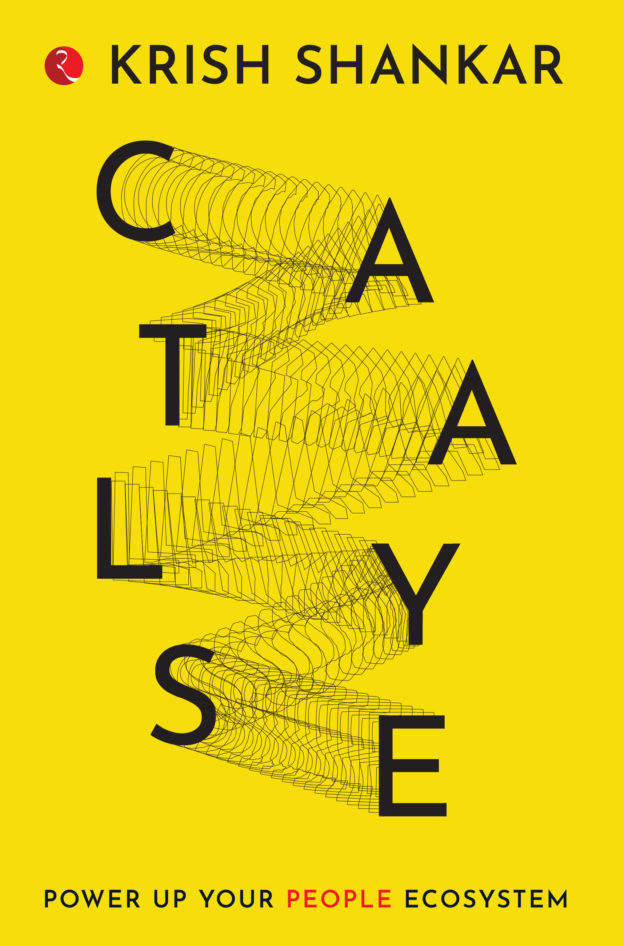Current Trends in Management
no information available
This book is consists of current trends which are being evolved and practised all-around the world in management field. The first chapter consists of Knowledge Management Concept, KM Strategies, Architecture and Tools of KM Practices.We are observing increasing hype about the wonders delivered by newest information technologies in an era characterized by knowledge as the critical resource for business activity. With the advent of new technologies, such as datamining, intranets, videoconferencing, and webcasting, several technologists are offering such solutions as a panacea for meeting the business challenges of the knowledge era. The second chapter consists of Six Sigma − Concept, steps involved in launching Six Sigma, benefits derived the basis of Six Sigma is measuring a process in terms of defects. The statistical concept of Six Sigma means your processes are working nearly perfectly, delivering only 3.4 defects per million opportunities (DPMO). As you know from your experience with Six Sigma, Sigma (the Greek letter σ) is a statistical term that measures standard deviation. In the context of management, it`s used to measure defects in the outputs of a process and show how far the process deviates from perfection. The third chapter consists of Mergers and Acquisitions Concept, Types, Relevance in 21st century businesses − Regulatory control. Mergers and Acquisitions (M&A) and corporate restructuring are a big part of the corporate finance world. Every day, Wall Street investment bankers arrange M&A transactions, which bring separate companies together to form larger ones. When they`re not creating big companies from smaller ones, corporate finance deals do the reverse and break-up companies through spinoffs- carveouts or tracking stocks. Not surprisingly, these actions often make the news. Deals can be worth hundreds of millions, or even billions of dollars. They can dictate the fortunes of the companies involved for years to come. For a CEO, leading an M&A can represent the highlight of a whole career. And it is no wonder we hear about so many of these transactions; they happen all the time. The fourth chapter consists of IT-enabled services, Business / Knowledge Process Outsourcing. Basic Achievements of the Indian Software and IT-enabled service industries contribution of the Indian Software and IT-enabled service industries to the national economy. The fifth chapter consists of World -class Manufacturing, Concept and Importance, Lean Manufacturing Practices, Just- in -time, Theory of Constraints. Until the 1970s, there was a widely accepted view of best practice in manufacturing. Firms which had grown on the back of post-war reconstruction, sold into stable and relatively undemanding markets. Supply-shortages meant that as long as firms could provide the volume at a reasonable price and quality, they would continue to thrive. The sixth chapter consists of Corporate Governance: Concept, Significance in Indian Context, Corporate Social Responsibility − Role of Board of Directors − Recommendations of Birla Committee and Narayanamurthy Committee − Sarbanes-Oxley Act of 2002. Turning to the Indian scene, one finds increasing concern about improving the performance of the board. This is doubtless an important issue, but a close analysis of the ground reality in India would force one to conclude that the board is not really central to the corporate governance malaise in India. This book 'Current Trends in Management' is specially designed for postgraduate management students of Indian universities. Contents : 1. Knowledge Management 2. Six Sigma 3. Mergers and Acquisitions 4. IT Enabled Services 5. World Class Manufacturing 6. Corporate Governance ... Read more Read less











